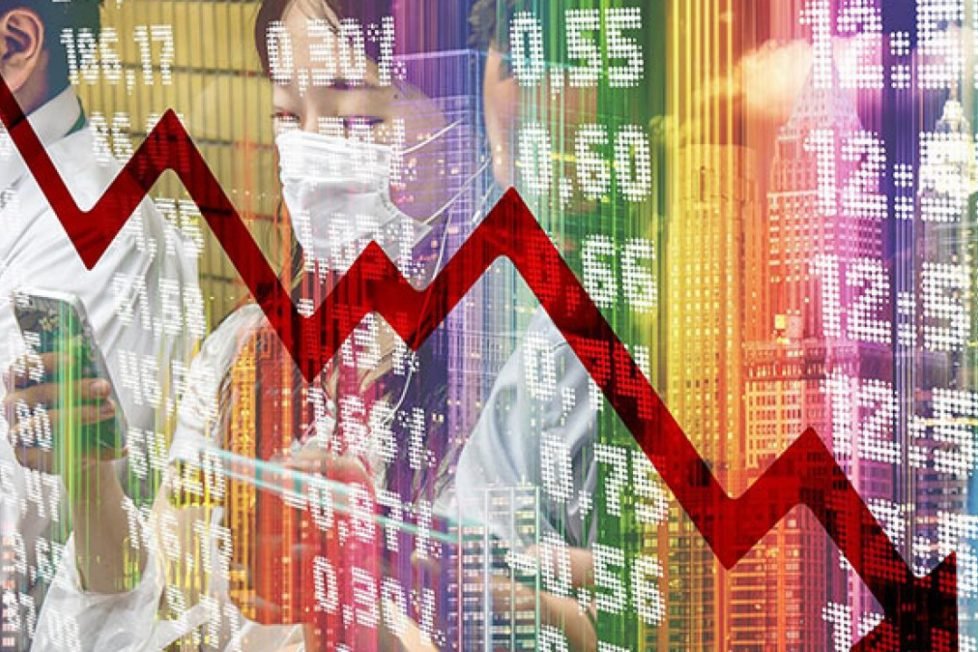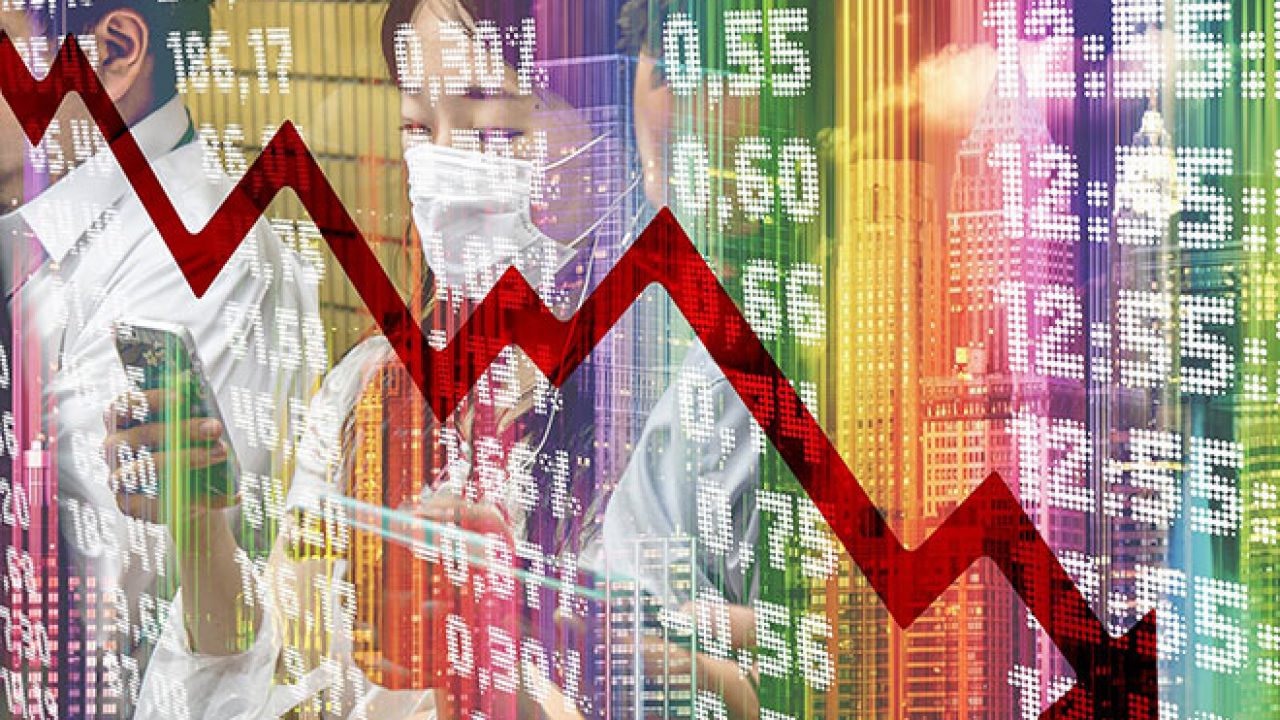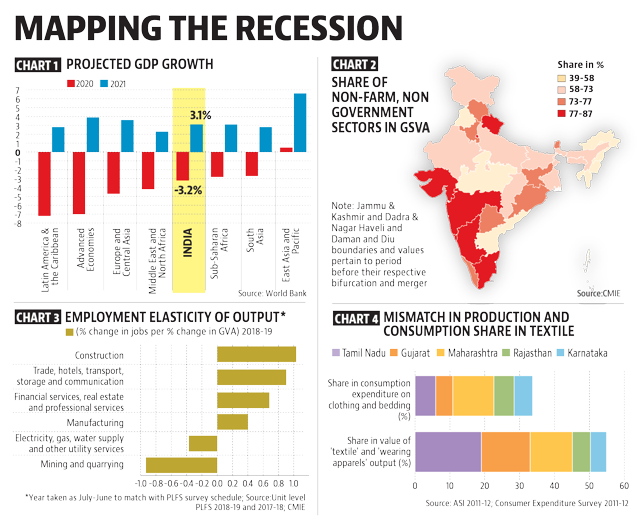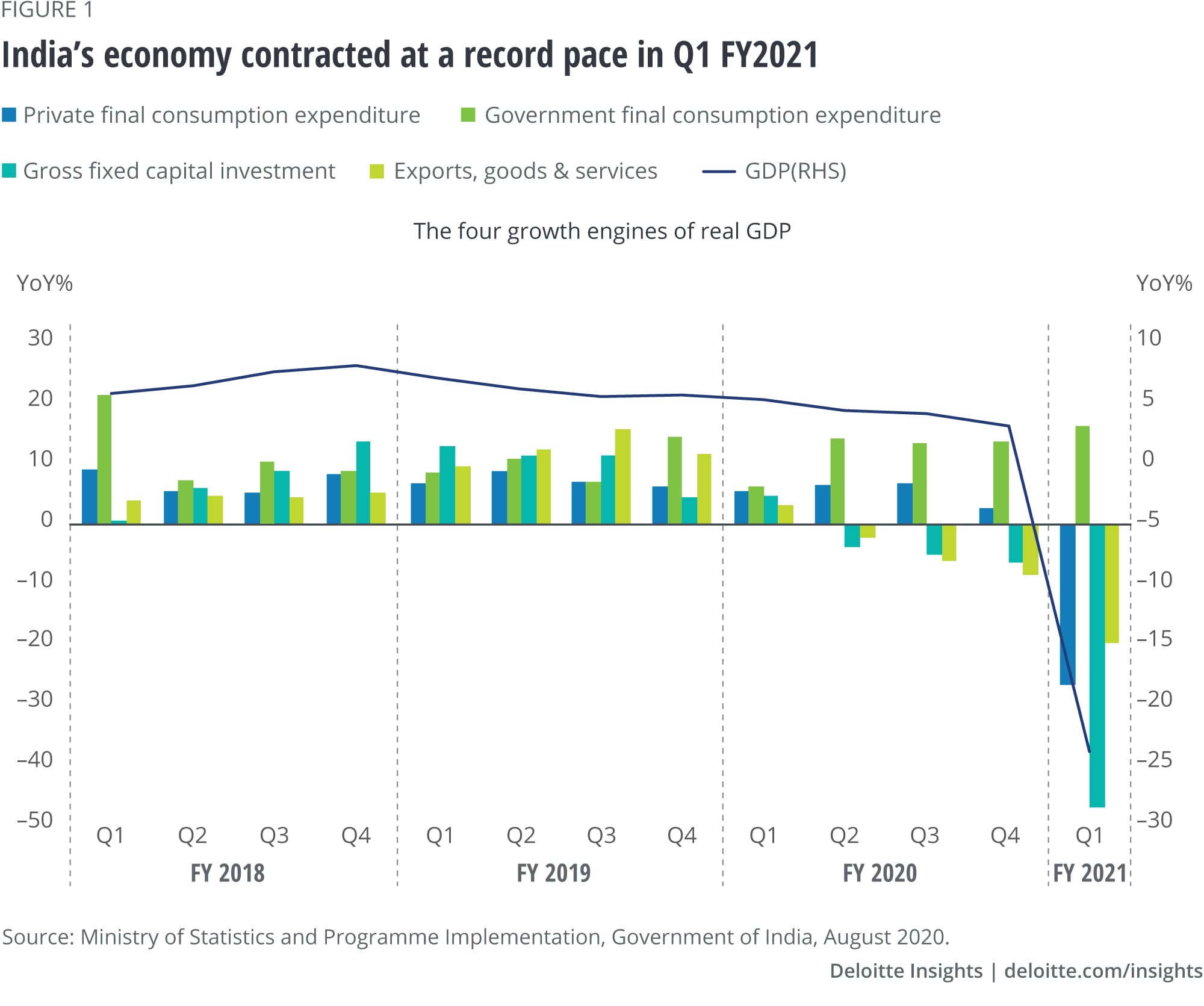Impact of COVID-19 on Indian Economy – Handling the Second Wave of Virus
The Impact of Second Wave COVID-19 on Indian Economy and ways to recover the Indian Economy

The Impact of Second Wave COVID-19 on Indian Economy and ways to recover the Indian Economy


COVID-19 has proved to be worse than the Great Depression of 1930. The economy of all the nations collapsed due to the spread of the virus. The objective of this paper is to assess the impact of COVID-19 on the Indian economy in the short term and long term. The fourth-quarter GDP figures during the financial year 2020 went down to 3.1% according to the figures released by the Ministry of Statistics. On 15th March, the unemployment rate was 6.7% which rose to 26% on 19th April 2020. During the lockdown, 140 million people lost their jobs. The primary sector (agriculture) has been severely affected by this pandemic. Major issues are related to labor availability, inability to access the markets for products due to hurdles in transportation and market operations. This has also affected the sales of dairy products like fish, poultry, etc.

The worst-hit was the MSME sector due to lack of financing. The delay in GST refunds and payments from their buyers led to a huge disaster for MSMEs. To give relief to the various sectors like MSME, and the migrants, the Government of India announced a series of economic packages worth Rs 30 lakh crore or 15% of India’s GDP. Now just when the COVID cases started reducing exponentially by the start of the year 2021 and agencies started forecasting the GDP for India around 12.5% (IMF report) for FY 21-22, due to a series of political events led to an upsurge in the COVID cases. With the new double mutant, India today has the highest number of COVID cases. States are implementing night curfews and partial lockdowns which has again impacted the economy a lot.

India’s economy was adversely affected by the slowdown of manufacturing in China which has, in turn, disrupted the whole world tarde (Sunil et al., 2020). The year 2020 was the year of shortages in demand and supply (FICCI Report 2020). The loss in personal consumption is between $387 million to $29.9 billion according to the Asian Development Bank. It will be difficult to know the exact impact of COVID-19 on the economy until the pandemic is over (Anya Kumra – Impact of COVID-19 on the Indian Economy). S. Mahendra Dev., et al. (2020).
The objective of this research was to find the impact of the COVID-19 outbreak on the Indian economy. The study has analyzed the Indian economic situation across sectors before the outbreak and after the outbreak. It has mentioned that measures like nationwide lockdown, restriction on international trade & commerce, closure of non-essential services, restricted movement, all will adversely affect the economic health of the Nation. Further, the study has mentioned that the magnitude of economic impact will depend upon the severity and duration of a health crisis, duration of lockdown, how effectively lockdown is handled, and also on the manner in which the situation unfolds once the lockdown is lifted. Aravind Veeramani(2019) summarized that GDP growth in India has followed an inverted U-shaped curve, accelerating from a low of 5.5% in 2012-13 to a peak of 8.2% in 2016-17 and then decelerated to 6.8% in 2018-19. The GDP growth decline is due to a rise in real interest rates, enforcement of tighter norms on Bank NPAs and implementation of the Indian Bankruptcy Code, the decline in GFCF, and other factors. India can achieve the target of $4 lakh crores financial strength by 2022 only if GDP is around 8% per annum (NITI Aayog).

Fitch Ratings – Fitch has also cut its forecast for India’s economic growth to 4.9% for 2019-20 from 5.1% projected earlier.
Moodys – Moody’s Investors Service has revised down its growth forecast for India to 5.3% for 2020 from its earlier estimate of 5.4% made in February.
S&P Global Ratings – S&P has lowered India’s economic growth forecast to 5.2% for 2020 as against 5.7% projected earlier.
Barclays – Barclays has lowered India’s economic growth forecast to 5.6% for 2020 as against 6.5% projected earlier.

Manufacturing Sector: In March 2021 the IHS Markit India Manufacturing Purchasing Managers’ Index (PMI) slipped to a seven-month low of 55.4 from 57.5 in February 2021. Data for April indicates a slight improvement to 55.5 after declining to a seven-month low in March at 55.4. During the first quarter (Q1) of 2020-21, the GDP contracted by 23.9% and the share of the manufacturing sector in total GVA shrunk from 17.5% in Q1 of 2019-20 to 13.8% in this quarter (2021-22).
For the last eight quarters, the manufacturing growth rate has been declining. The Government of India pushed towards the ‘Make-In-India’ initiative due to which India came out with a negative import list for defense equipment but the ‘Make In India’ projects have still not taken off. Metals and chemical products, motor vehicles, machinery and equipment, and the textiles sector are the worst hit in the manufacturing sector according to United Nations Development Organization (UNIDO). Due to the India-China standoff at the borders and shut down of factories in China, the automobile sector faced a shortage of spare parts from China. According to the Parliamentary Panel Report, the automobile sector suffered Rs 2,300 Crore loss per day, and estimated job loss in the sector was about 3.45 lakh due to pandemic
Impact on India’s International Trade:
Between April and July, the goods exports have fallen to $74.9 billion at a pace of 30.30% while the goods imports have fallen by 46.7% to $88.9 billion. According to data released by the Ministry of Commerce and Industry, the merchandise imports fell down by 47.59% in June to $21.1 billion while exports contracted by 12.41% to $21.91 billion leading to some trade surplus.

Products such as petroleum products, chemical products, machinery, electronics, plastic and rubber products will suffer a loss of more than the national average of 20%. Products like gems and jewellery will contract by 12.5%, electronics items by 2.9%, chemicals by 4.8%, basic metals by 10% and minerals by 18%.

NEW TRENDS AFTER THE SECOND WAVE OF COVID-19 IN INDIA
India’s economy was coming on track and many agencies predicted India to be the only country having the highest rate of growth but rather than the highest GDP, we had the highest number of COVID-19 cases. By the month of March 2021, the second wave of COVID-19 hit the nation so badly that India recorded around 4 lakh cases per day, which was the highest per day cases any country witnessed till now! The longer the second wave will last, the more severe would be the adverse impact on the Indian economy. Following the recent trends under which many states had to go with the decision of partial lockdown, the RBI pegged India’s growth at 10.5% while IMF revised it at 12.5%. Though these growth rates are still higher than China whose predicted growth rate has been pegged at 8.4%, the roadmap to achieve this high growth rate will be challenging for India.
Results and Discussion
The spiralling and ubiquitous COVID-19 pandemic has destroyed the world’s growing economy in the most unprecedented way. Though the nations and corporations have understood the magnitude of the pandemic, the only way out is to learn from the mistakes and prepare for a sustainable future. Government could have prevented the second wave of COVID-19 and could have managed the economy in much better ways.
The lockdown was necessary to control the spread of the virus but it led to a supply shock, a demand shock, and a market shock. Now the recovery depends on the fiscal measures that will be taken by the government. Some of the following policy steps that the Indian government can take are :
Many economists have reiterated this point ‘Give money into the hands of the poor. It will increase the purchasing power of people and therefore demand’. The government through DBT (Direct Benefit Transfer) mechanism can increase the cash spending to women, farmers, and other vulnerable groups. The whole nation saw the healthcare sector crumble during the second wave of COVID-19. Therefore, the need of the hour is to increase the public and private investment in the healthcare sector through CSR spending.
The government’s production-linked incentive scheme was a welcome step in which 10 sectors were identified initially. Now, industrial activity has to be expanded in the rural areas. It can be done by reducing the logistic costs and improving the port-hinterland connectivity, enabling the shift towards renewable sources of energy, and incentivizing the production of recycled water for industrial purposes.
Under the National Broadband Mission, the government should strive to increase the investments in digital infrastructure to enhance rural connectivity. The vision of improving digital literacy can be achieved by building more training centers under the PM Gramin Digital Saksharta Abhiyan.
In the absence of targeted public investment, India risks moving from a V-shaped economic recovery towards a K-shaped one, characterized by increasing poverty and inequality amongst some groups, even as others recover. As the second wave ravages the country, the focus must remain on bridging the growing rural-urban economic divide.
Every crisis brings about a unique opportunity to rethink on the path undertaken for the development of a human being, community and society. The COVID-19 pandemic has a clear message for the Indian economy to adopt sustainable developmental models, which are based on self-reliance, inclusive frameworks and are environment friendly.
DISCLAIMER: The author is solely responsible for the views expressed in this article. The author carries the responsibility for citing and/or licensing of images utilized within the text.
